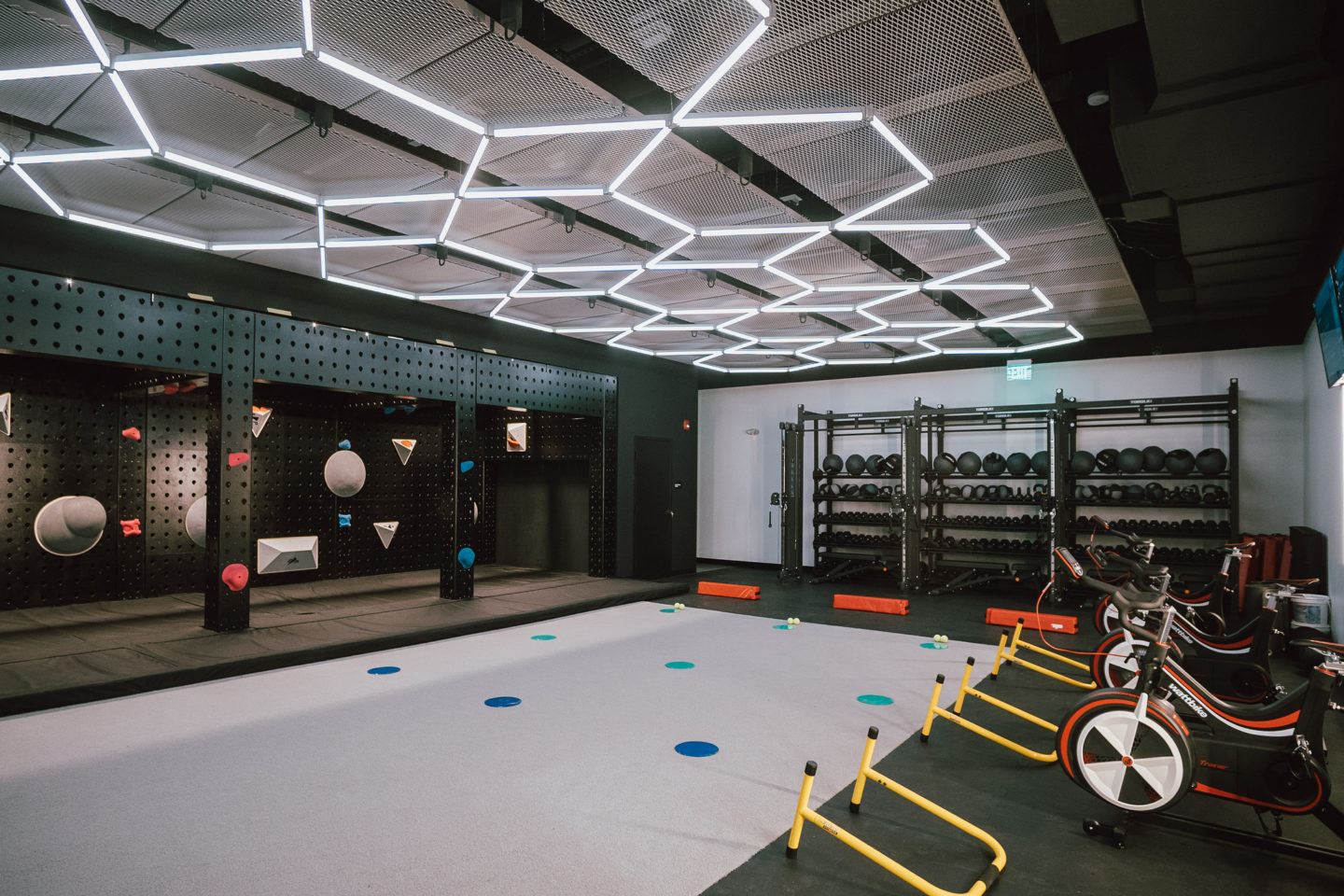Earlier this year, we reported on the “Netflix of Fitness”. In short, whether it’s streaming video, audio-led workouts, or connected equipment, there’s a wave of disruption washing over the fitness industry.
That much is undeniable. Unfortunately, this trend is easily misinterpreted by headline readers and commonly mischaracterized by headline writers. The result has seen more fuel poured on the gympocalypse fire.
For onlookers, hyperbole is fun. For operators, it’s futile.
With that in mind, the report above was our attempt to inject nuance into the conversation. Judging from this community’s feedback, it was well-received.
However, in hindsight, the original write-up stopped short of identifying any forward-looking implications. Now, we’re circling back to explore the impact of and opportunities in a shifting fitness landscape.
Taking a moment to get aligned, the modern fitness consumer demands convenience. Time is the most valuable commodity and innovation has brought a new generation of fitness technology into our homes, phones, and ears.
But, without the added benefit of entertainment, personalization, and tangible results, the Peloton of ‘X’ is essentially P90X.
Thus, tech-enabled leaderboards foster competition and community, Spotify-like algorithms recommend individualized workouts, and talented instructors keep us accountable and hungry for more.
A Tale of Two Extremes
In theory and in practice, utilizing technology to increase access and adherence to exercise is infinitely better than aimlessly wandering around Planet Fitness or passively pedaling a recumbent bike. It’s undeniable.
Despite this fact, Planet Fitness has amassed 12M members across 1,800 locations. Moreover, in keeping with the company’s goal of opening 4,000 gyms, Planet Fitness added 225 new locations in 2019 alone.
How can that be?
A retail comp: Dollar General and other discount chains are the retail equivalents of high-volume, low-price (HVLP) gyms like Planet Fitness.
If that sounds like a dig, consider this: Dollar General is the number one retailer for new store openings in 2019. And that’s not an anomaly. After Dollar General, the top retailers for planned store openings this year are Dollar Tree, Family Dollar, Aldi, and Five Below.
Similarly, across the fitness space, many of the fastest-growing and top-earning gyms fall under the HVLP banner.
No, that’s not a vote of confidence in favor of big-box gyms. It’s simply a counterpoint to the definitive gympocalypse narrative. It’s also a sentiment that can be viewed through the lens of the so-called retail apocalypse.
Despite Amazon’s disruptive power, and the emergence of direct-to-consumer brands, the future of shopping isn’t a binary choice between online and in-store. Likewise, no one will be forced to choose between working out at home or in person.
The Shifting Landscape
While retail disruption has given us everything from experiential stores and pop-up shops to cashier-less checkout and the “mall of the future”, a number of new developments will redefine the way we sweat and socialize in real life.
Moving In
As stores shutter and malls close, fitness tenants are filling a void left by brick-and-mortar retailers. This trend has seen the number of fitness tenants in shopping centers grow from 6,218 in 2008 to 14,044 in 2018. If convenience is in high demand, hitting the gym, grabbing groceries, and snagging a snack in one place certainly have their perks.
Sweat & Shop
For retailers, fitness is top-of-the-funnel marketing. For consumers, it’s another opportunity to sweat and socialize.
That’s why Kohl’s is partnering with Planet Fitness. Meanwhile, lululemon, J.C. Penney, Free People, and other retailers are putting dedicated fitness spaces in their stores.
And community workouts continue to play a prominent role for activewear brands like Rhone and Outdoor Voices.
Boutique Fitness 2.0
Between 2013 and 2017, membership at traditional gyms grew by 15%, while membership to boutique studios grew by 121%. But if boutiques crushed traditional gyms, studios could be supplanted by a new era of fitness concepts taking the experience and amenities to new heights.
In New York City, NEOU is a fitness studio, production house, and streaming workout platform in one. NYC is also home to private, invitation-only concepts like Dogpound and Performix House (hint: exclusivity sells). Silofit is rolling out a network of micr0-gyms. Seattle’s Sanctuary is a private, bookable studio complete with streaming fitness classes.
Then there is a growing number of climbing-gym-meets-fitness-center concepts popping up, best exemplified by Brooklyn Boulders and their adventure-themed studio BKBX.
Clubs & Communities
If going to a boutique studio combines self-care, status, and sociability, wellness clubs are an extension of this sentiment into everyday life.
And because wellness isn’t merely a pursuit but a way of life, there’s a growing demand for social clubs, co-working spaces, and members-only communities that cater to the wellness lifestyle.
In San Francisco, you’ll find The Assembly — co-working space that revolves around health and wellness, with an emphasis on “sweat, work, and play.” Catering to the “modern outdoor enthusiast”, Gravity Haus is a social house and hotel located in the mountains of Breckenridge, Colorado.
And in NYC, THE WELL, a “complete ecosystem for wellness” recently opened its 18,000-square-foot private, membership-based club.
Disconnected Fitness
If connected fitness is characterized by tech-enabled equipment and streaming content, disconnected fitness is defined by the desire to unplug.
Now that screens and social media have infiltrated our lives, fitness, mindfulness, and mental health are no longer a respite. In fact, the opposite is true.
Breaking a sweat or performing breathwork has become a transactional commodity. As a result, the desire to unplug is giving rise to new self-care, beauty, and recovery-focused concepts that will compete with traditional fitness formats.
Stretching, recovery, and meditation studios like StretchLab, ReCOVER, or MNDFL are only the beginning. The future of disconnected fitness looks a lot more like Remedy Place, a holistic health club, WTHN, a fresh take on acupuncture, and Chillhouse, a modern self-care studio.
The infrared sauna at HigherDOSE, sensory deprivation tanks at Float Lab, and Fig.’s high-tech facial treatments aren’t anomalies, they’re indicative of what’s to come.
Takeaway
It’s a foregone conclusion that the fitness landscape will continue to shift toward a tech-enabled future. But that doesn’t signify the end of sweating in real life.
Instead, like brick-and-mortar retailers in the age of Amazon, fitness providers will be forced to innovate their offerings, experience, and value proposition.
At the same time, concepts that tap into the disconnected fitness and wellness trend will find success in the age of loneliness, anxiety, and burnout.
 Photo | BKBX
Photo | BKBX


